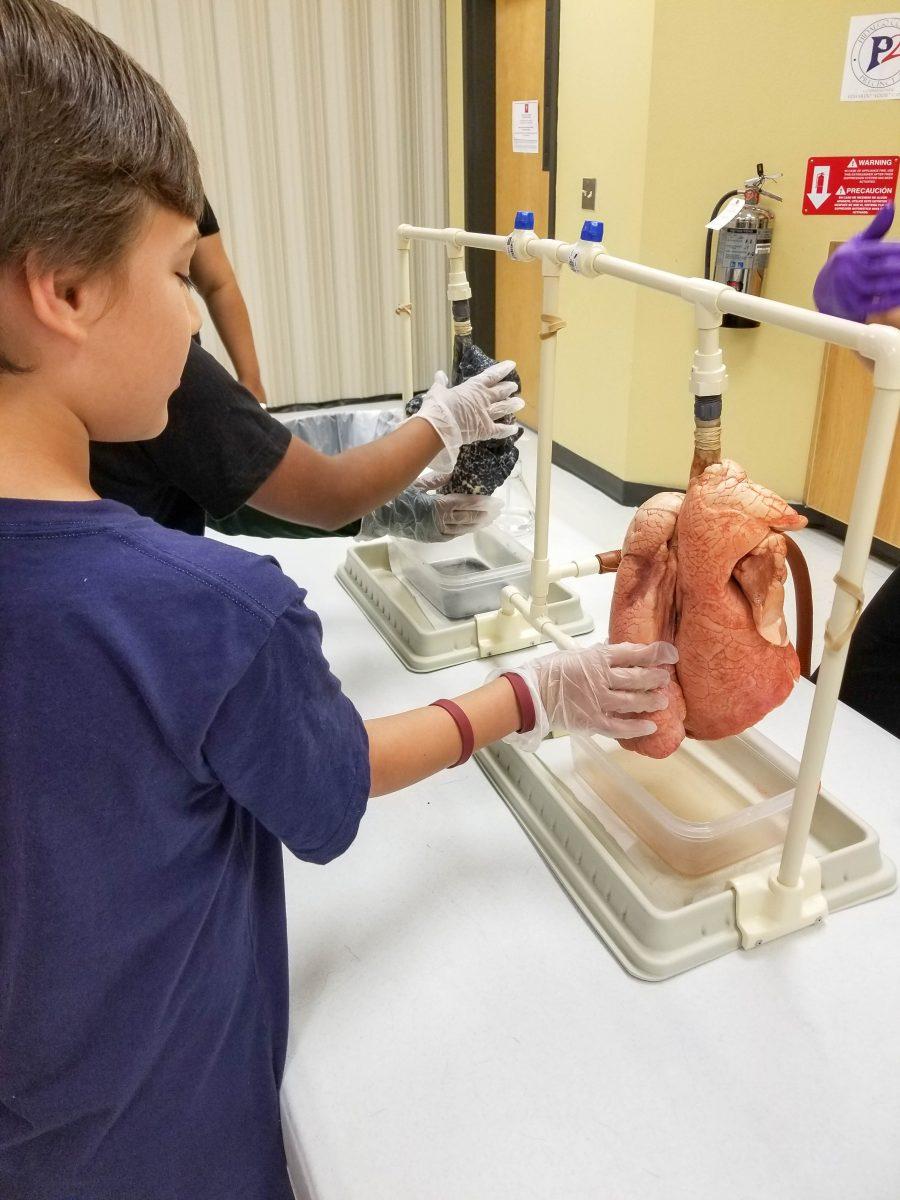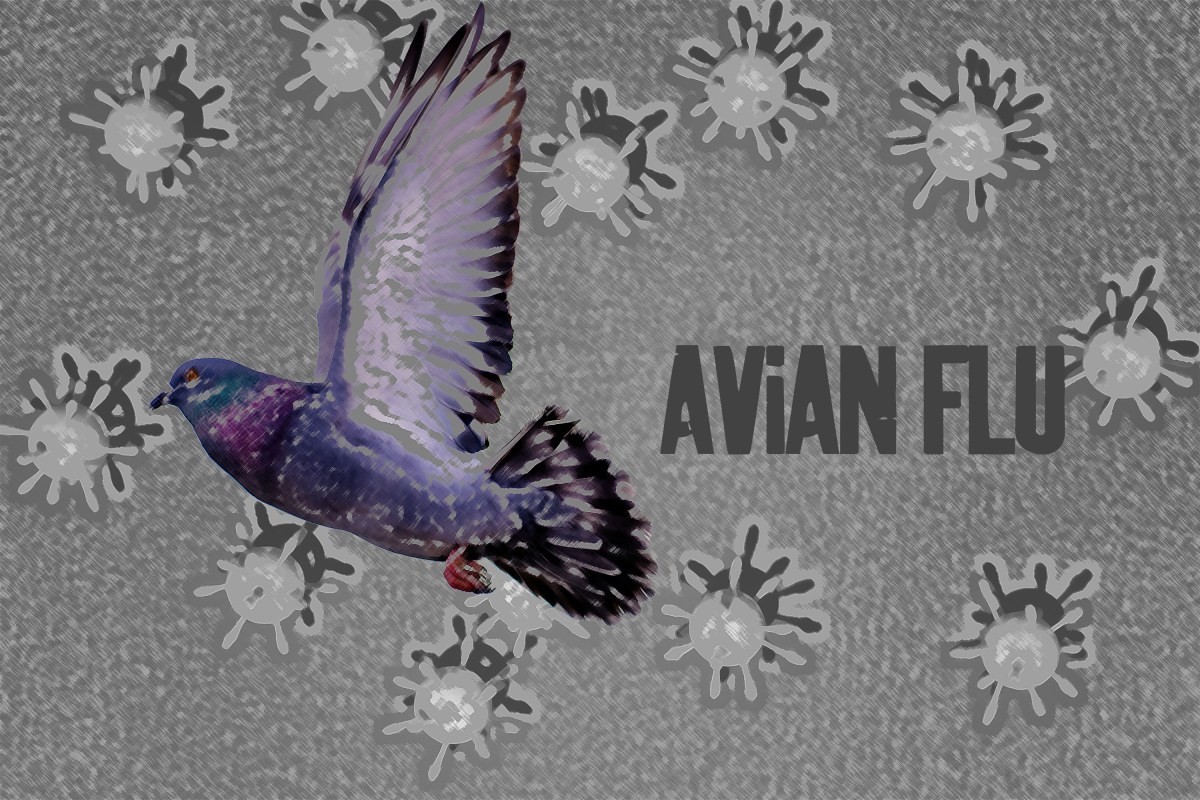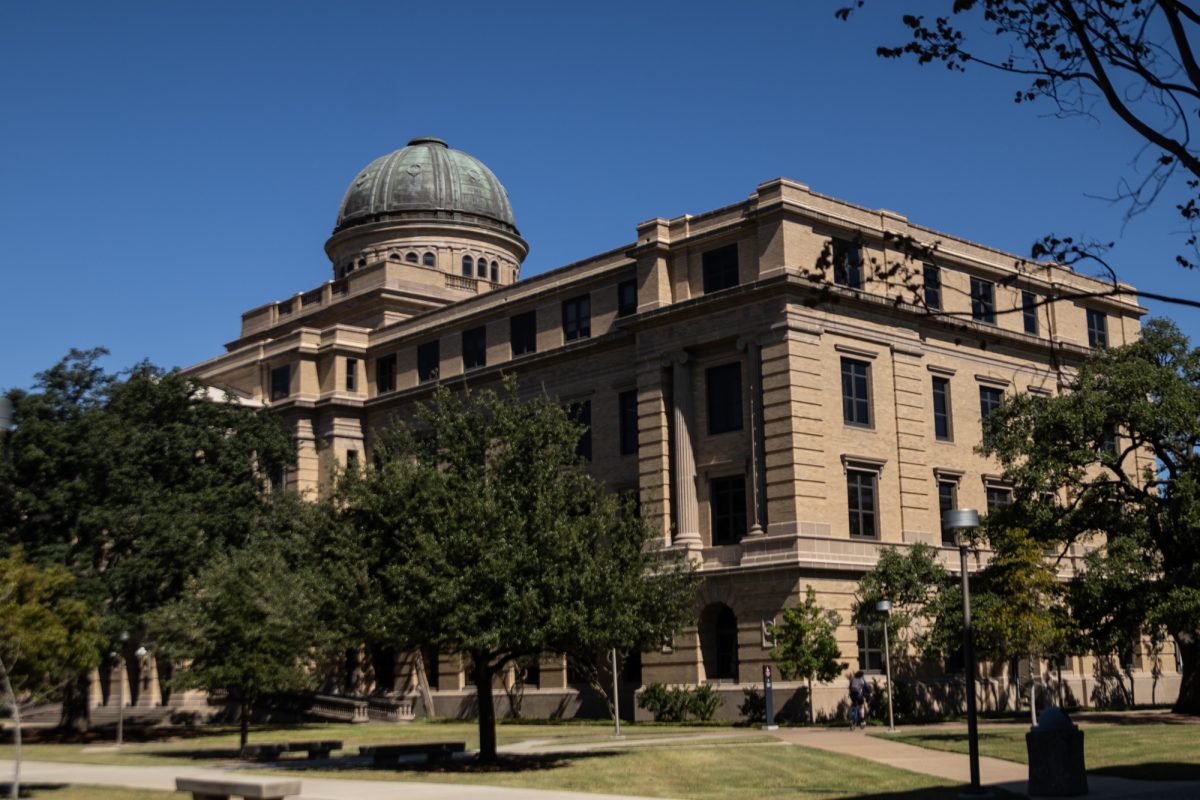Over the past several years, Genny Carrillo has been working to map asthma rates in communities along the US-Mexico border.
Carrillo, director of the program on asthma research and education and associate professor in the School of Public Health, has been working on research focused on various measures of asthma rates, and she knew that the data had already been gathered in some capacity. However, she soon discovered a problem with the existing data.
“It’s very difficult to compare information data from Mexico and the United States because we compile it in a different way,” Carrillo said.
According to Carrillo, the different methods of collecting and compiling data in the two countries made it nearly impossible to accurately compare asthma rates on both sides of the border.
“At the end of the day, we could not get what we wanted,” Carrillo said.
Nonetheless, Carrillo found a way around that challenge. With the help of Felipe Uribe, professor from El Colegio de la Frontera Norte in Coahuila, Mexico, Carrillo gathered new data from both sides of the border.
Carrillo’s study focused on McAllen, Texas, while Uribe conducted his in Monterrey, Mexico. By using the same set of instruments, Carrillo said they were able to collect much better data this time.
Niko Tapangan, a graduate research student under Carrillo said the new data was already helping him and others in border communities to combat asthma through education.
“Our main targets are the different elementary schools, middle schools around the area,” Tapangan said. “The target demographic is from, I’d say, 5 to 11.”
According to Tapangan, the biggest problem in the region is miseducation about the causes and effects of asthma.
“We tend to overlook asthma and mistake it for other things like allergies or bronchitis,” Tapangan said. “There’s just a lot of misinformation in the area, despite all the work that we’ve done in these past three years.”
One tool Tapangan said he used were pig lungs, which can accurately simulate human lungs. By simulating effects like second-hand smoke on these lungs, Tapangan said he was able to provide a more lasting impression on the people he talked to, showing them the dangers of asthma in a way that they could easily visualize.
Wendy Jepson, geography professor and lead for the Water Security Initiative has been working on a way to accurately and consistently measure water security across the world, and her work began in the same region of the US-Mexico border as Carrillo and Tapangan.
According to Jepson, water security is defined by four factors — adequacy, affordability, reliability and safety.
“What the metric does, in terms of our household survey and our analysis, is to look at all those dimensions and come up with, basically, a validated scale of whether someone is high on the scale of water security or low, which would be insecure,” Jepson said.
Jepson said water security problems in the US stem from a misunderstanding of what water security is, which is why this metric is so crucial to improving water security in regions like the US-Mexico border.
“Water security or insecurity is often equated with infrastructure,” Jepson said. “After several moves to invest in water and sanitation infrastructure in the lower Rio Grande Valley, the political climate is that we’ve solved the problem.”
According to Jepson, this is not the case, and the metric she is currently developing, which she hopes will be approved by next summer, would allow areas like the lower Rio Grande Valley to be re-evaluated for water security.
Tackling healthcare along the border
November 20, 2017
Photo by Provided
Children at the border witness the difference between healthy and damaged lungs.
0
Donate to The Battalion
$1015
$5000
Contributed
Our Goal
Your donation will support the student journalists of Texas A&M University - College Station. Your contribution will allow us to purchase equipment and cover our annual website hosting costs, in addition to paying freelance staffers for their work, travel costs for coverage and more!
More to Discover










